Breathe in, hoping that this next lungful is clear of noxious droplets. Breathe out so that whatever microbes you harbor dissipate in the breeze. Breathe in and figure that, if some unfortunate carrier coughed in the elevator you just entered, the virus will probably have escaped through the doors or settled on the floor.
The largest clusters of virus cling to the heaviest droplets, which behave like falling leaves — swirling and dancing for a moment or two before carpeting the ground. But as we talk, sing, shout, and laugh, we also spray a fine mist that remains aloft for hours, mixing promiscuously with the exhalations of others. We can’t see these traveling fogs, but sometimes we can smell them. A perfume that lingers in an elevator, a plume of cigarette smoke, the odor of frying fish wafting through a vent — these olfactory markers track the course of particulate-laden clouds. It’s not yet clear whether the tiniest, aerosolized droplets can carry a big-enough payload of coronavirus molecules to make someone sick, but it’s a good idea to act as if they do.
“It’s frustrating that neither the CDC nor the WHO has issued guidance on the potential for airborne transmission, because our whole field has been talking about this since February,” says Joseph Allen, a Harvard professor of public health and co-author of Healthy Buildings: How Indoor Spaces Drive Performance and Productivity. “There’s a strong likelihood it’s happening, and every new piece of evidence supports it, and so far nothing has refuted it.” That’s a bracing assumption, because it implies that individuals can’t control their exposure just by being scrupulous about handwashing, face-touching, mask-wearing, and distance from other people.
HVAC systems can help. A few widely spaced office workers in a large room with well-designed, smoothly functioning ventilation pose little danger to each other — but precisely how much danger depends on variables that non-engineers can’t usually sniff out on their own. “The average person shouldn’t bother walking around with a CO2 monitor to understand the ventilation rate, but the building facilities team can and should be doing that, and they should share their plans and protocols,” Allen says.
The more public life reopens, the more indoor spaces we will have to share with strangers, and while we can plainly see whether those around us are observing pandemic protocols, it will be impossible to gauge the safety of the air in every store, factory, and school. We move from atmosphere to atmosphere, trusting engineers, installers, and maintenance staff to keep them safe, just as we trust airplane designers and ground crews to keep us aloft in the sky. “If an infected person introduces the virus into a space, then it’s there,” says Ray Quinn, a principal at the global engineering firm Arup. “No HVAC system can get rid of all your risk, so the best you can do is reduce it. The next question is by how much, and the answer to that depends on each system type and how people operate the building.”
During an ordinary summertime trip from my apartment to this magazine’s offices, I pass from my front door through a corridor with doors on both sides, an elevator, my building’s lobby, one overheated subway station, a blast-chilled subway car, a second overheated subway station, an underground passageway, an atrium, another elevator, and a corporate lobby, before arriving at a suite of open-plan rooms. The air in each of these environments lies somewhere on a continuum between fetid and fresh, but I can’t know how to assess them or what to do if I could.
The American Society of Heating, Refrigerating and Air-Conditioning Engineers (ASHRAE) sets standard ventilation rates, which are far higher in gyms and nail salons than in offices. Joseph Allen says that those guidelines are barely sufficient, even in non-pandemic times. “Most buildings are maintained to minimum standards that aren’t set for health but for odor control.” Even before COVID-19, densely packed open-plan offices were suspected of making employees sick.
In recent weeks, Christopher Prochner, a partner at the mechanical-engineering firm Jaros Baum & Bolles, has been fielding calls from corporate and institutional clients asking how they can tweak their air-handling systems to ensure the public’s safety. He gives them a menu of interventions: upgrade filters, run fans at a higher rate, keep the system going round the clock, and open dampers to maximize the flow of air from outdoors. They can supplement the built-in infrastructure with off-the-shelf gizmos like freestanding air purifiers and germ-zapping ultraviolet lights. In more-sophisticated settings, operators can control the humidity, maintaining it at between 40 and 60 percent.
Prochner warns that air quality is unforgiving toward sloppiness and neglect. In the average office building, the air you exhale passes through ducts and plenums (air distribution boxes) that haven’t been cleaned out in decades. Then those particulate-laden currents circulate back into the building for you to inhale again. “If a building owner puts in a brand-new filter but leaves gaps around the frame, then air is just bypassing the filter,” Prochner says. “If you’re just recirculating infected air, you’re just continuously adding particles to that room. A closed system is probably a nightmare.”
A study of a restaurant in Guangzhou, China, in January, raises the possibility that a poorly functioning ventilation system can make things worse. An AC unit apparently focused one diner’s viral fumes in a beam of cool air and shot it across three adjacent tables, sickening ten people and leaving the rest of the restaurant untouched. The lesson from that incident is clear but unhelpful: If you sense a strong indoor breeze, get out of the way or at least stay upstream of anyone who might be infected.
And few commercial landlords or office tenants have the technological capacity to perform the simplest and most effective anti-viral intervention: open the windows. The ability to let in fresh air is a lost art. When Murphy’s firm was hired to adapt Mount Sinai Hospital on the fly for a flood of COVID-19 patients, the architects realized that it was much easier to jury-rig the dozens of new ICU rooms that were in a 1920s tower with operable windows than it was to deal with a sealed curtain-wall tower from the 1960s. Infected air had to be rapidly changed, rigorously filtered, and vented to the outside.
Air shouldn’t be left solely to engineers. “The ability to breathe clean air freely is an architectural issue,” says architect Michael Murphy, the founder of MASS Design Group. “When you ask, Is the air around me going to infect me? that’s a paradigm shift in the way we understand space. Maybe this epidemic demands a return to the past, when cities were agents of a healthier life and design was about creating a healthier environment.”
Outside isn’t always healthier, of course. Car exhaust, burning crops and garbage, forest fires, industrial plumes, and various other modern miasmas make ostensibly fresh air poisonous. Especially in poor communities in the shadows of incinerators and elevated highways, opening the window can be hazardous to your health. But the pandemic has scrubbed the atmosphere even as it has raised anxieties about indoor air, and one solution is to roll back the standard approach of separating the two. “Before the advent of mechanical systems, buildings were designed with a ratio of windows to floor plate that depended on climate,” Murphy says. “Buildings in New Orleans had big windows and cross ventilation. Houses in New England had thick walls and small windows for insulation.”
A century ago, treatment of tuberculosis gave modern architects a collection of design principles that aligned the aesthetic and the sanitary. Sunlight flowed through big windows, picking out whatever dust and streaks might lurk on white, high-gloss surfaces. Invigorating breezes blew across balconies and porches, dispelling germs, shadows, and Victorian clutter. After World War II, designers of large urban buildings, especially skyscrapers, began treating the climate as the enemy, erecting an impenetrable barrier between outdoors and in. Glass curtain walls let in light but kept out moisture, noise, smog, heat, and cold so that office workers wouldn’t be distracted by discomfort — or, really, any physical sensations at all. Indoors air was reconceived as a steady state, impervious to seasons. The downsides eventually made themselves known: Once pernicious elements snuck in — Legionnaires’ disease, mold, tobacco smoke, or carcinogenic aerosols — they were very hard to get out. The smell of disinfectant lingers long after it’s done its job. “Our entire building stock has been engineered to seal us off from the outside,” Murphy says. “You can’t get around that by making the building tighter or installing more high-powered fans. That’s a technocratic solution to a structural problem.”
The more complete, long-range solution is to go back to treating mechanical heating and air-conditioning as a luxury or a last resort and rely on natural ventilation instead. That is easier to accomplish outside of a contemporary megalopolis — in Rwanda, for instance, where MASS Design Group designed a hospital to fight airborne diseases with cross ventilation. Instead of driving double-loaded corridors through the heart of the building, where they can trap pathogens, the architects moved hallways to the exterior. In his native village in Burkina Faso, the German-based architect Francis Keré designed a school building that keeps children comfortable and alert by drawing currents through the interior and venting them out the ceiling, a technique called stack ventilation. Harvard’s House Zero is the high-tech version of those buildings, harnessing natural forces to heat, cool, and ventilate with an intricate matrix of sensors, cables, and automated windows.
Natural forces come bundled with unpredictability, which a high-rise building exaggerates; a cool breeze at street level turns into a frigid gale 50 stories up. That’s why even skyscrapers that rely heavily on natural ventilation also have traditional backup systems, like a motor on a sailboat. Recently, though, research has focused on designing tall buildings around the use of sunlight and wind: making them thin, porous, and tailored to the quirks of the local climate. The prospect of a return to the past was tantalizing long before a pandemic. Mechanical ventilation systems are expensive, bulky, and unreliable, sucking up energy and spewing bad air back outside for other systems to inhale. Natural ventilation is easier on the planet, potentially cheaper to run, and less liable to sicken the people who work inside.
The ultimate goal is to allow us all to breathe without thinking about it again — to have faith that professionals have done their best to neutralize threats none of us can see and most of us can’t even measure. “How do you visualize the invisible?” Murphy says. “That’s one of the core challenges of design.”






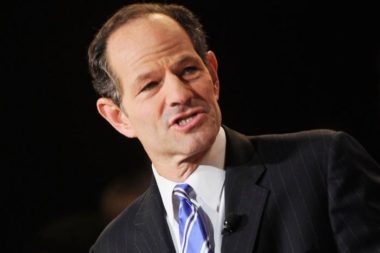

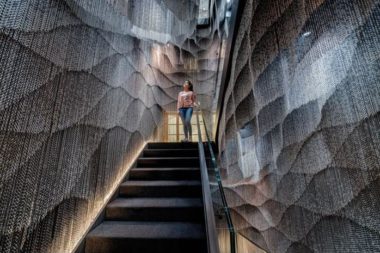







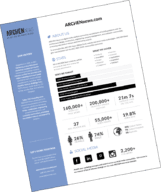
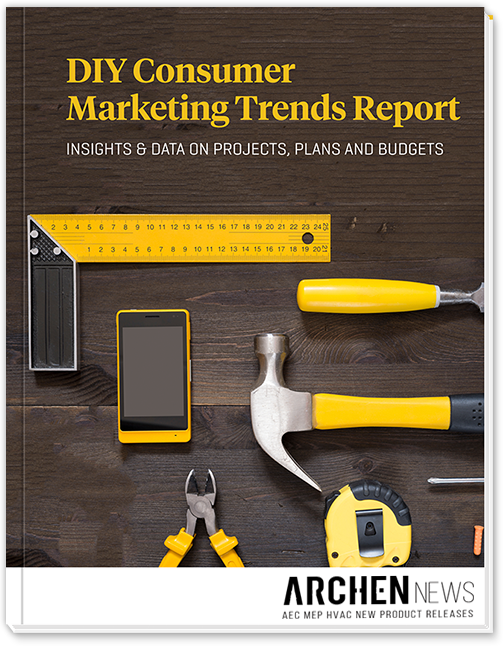
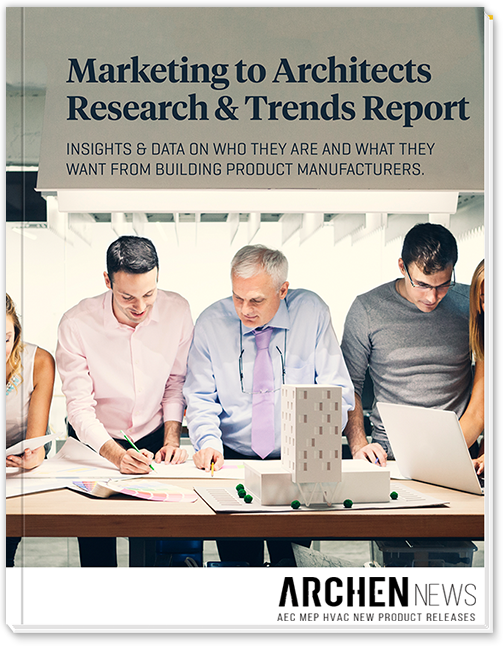
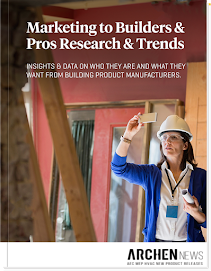
Recent Comments